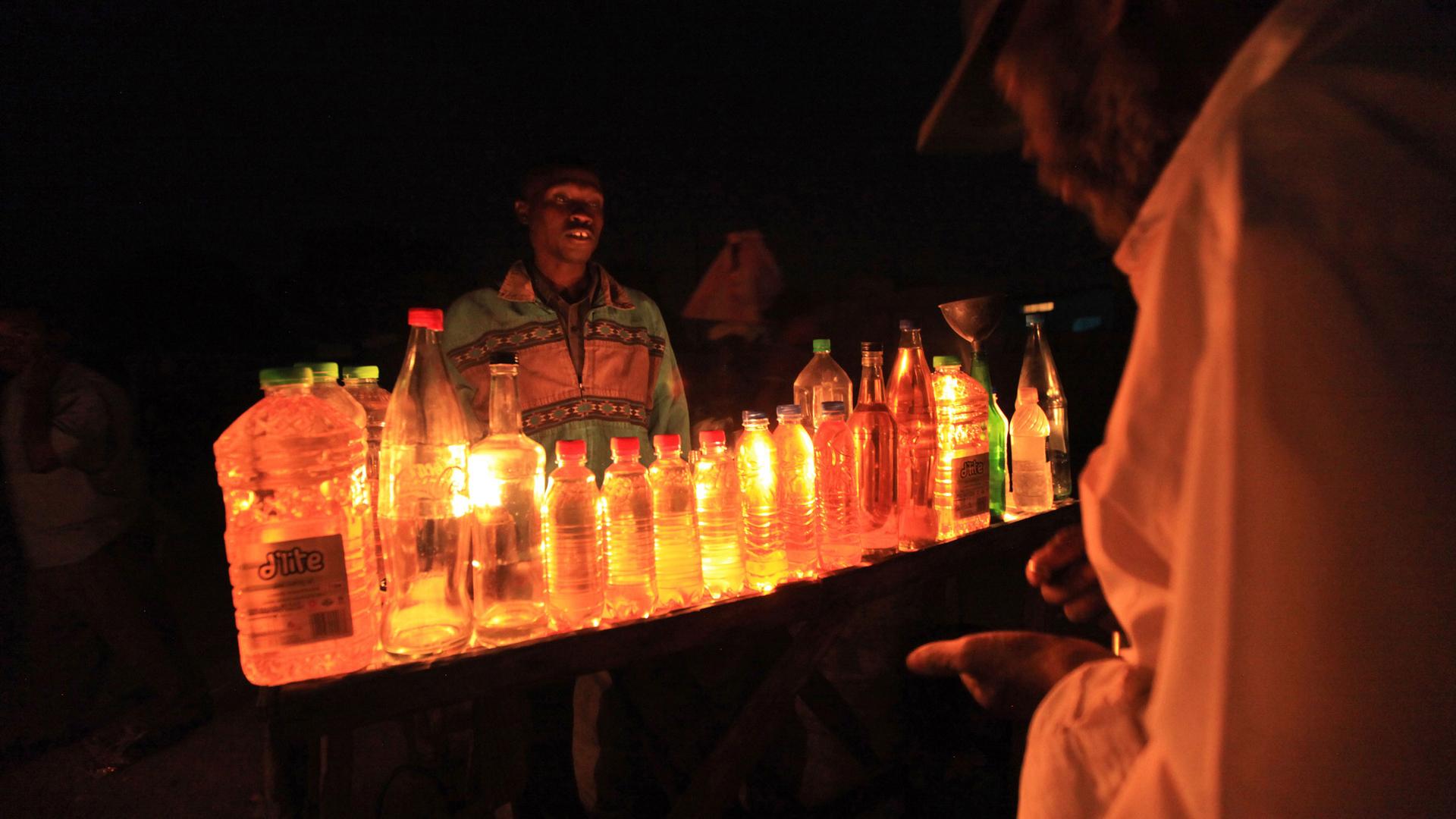Businessman Kizito Tinarwo said he has many orders for products from his small steel and aluminum factory, but power blackouts have hit production hard in Zimbabwe.
He uses a gasoline-powered generator when the power goes out, but this is expensive and has its limits.
“It cuts into profits because we add to our costs of doing business,” he said. “The generator cannot run forever; it has its prescribed running hours. We switch it on and off. In the process, our lead times are affected.”
This has been the case since he started his business about four years ago. But the latest outages have been longer — sometimes lasting 19 hours a day.
Along the border between Zimbabwe and Zambia sits Lake Kariba, where low water levels have interrupted power supply to both countries. The world’s largest manmade lake by volume is on the Zambezi River, with hydroelectric power generators on both sides. Zimbabwe gets 70% of its power from Lake Kariba. But plunging water levels have worsened a yearslong power crisis — profoundly impacting the economy.
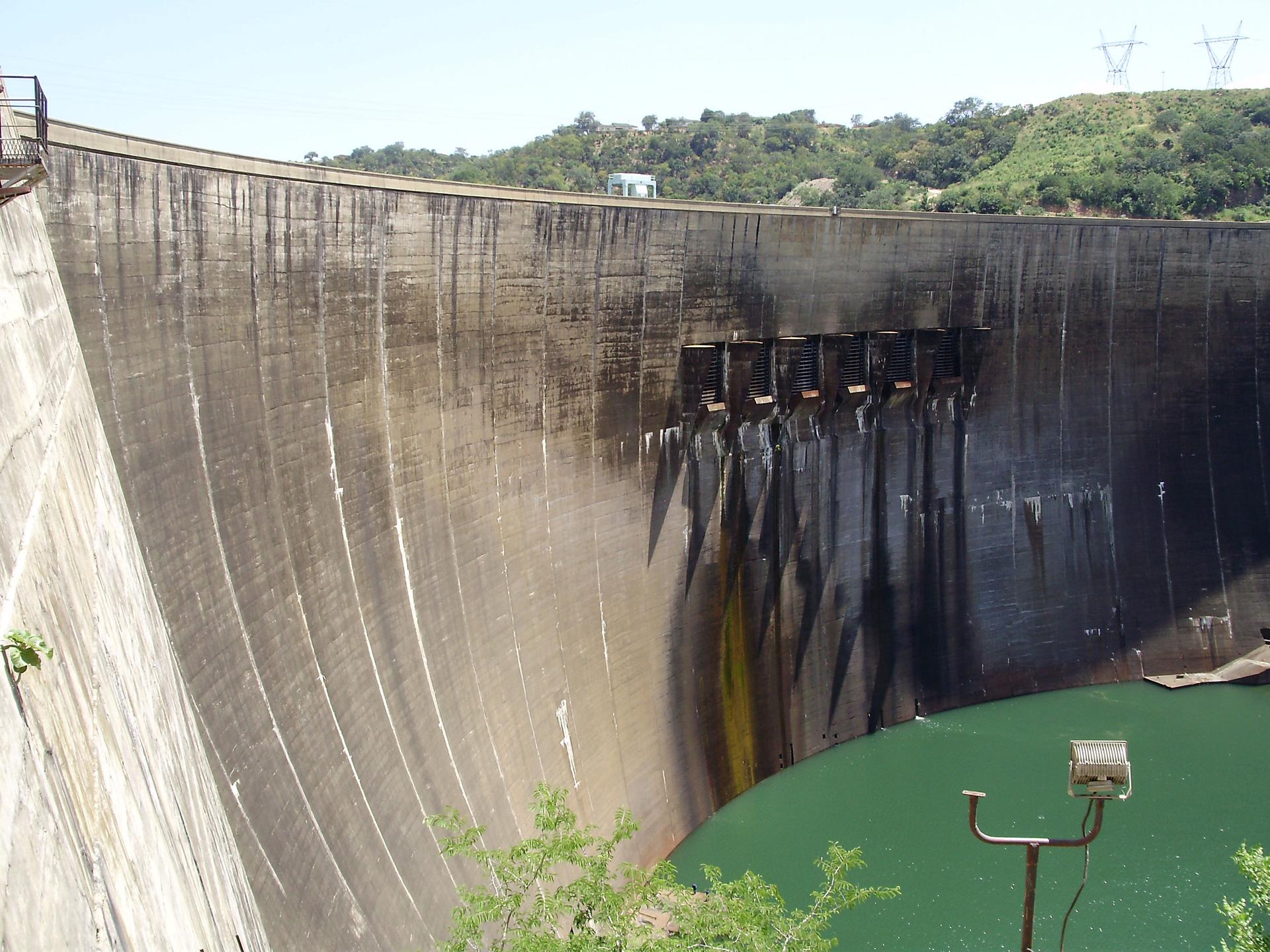
And Tinarwo is not the only one impacted by the power outages. Zimbabwe’s many minerals include platinum, gold, chrome and lithium, and mining accounts for the bulk of Zimbabwe’s export earnings.
Collin Chibafa, president of the Zimbabwe Chamber of Mines, said some 88% of the country’s mines experience outages of as long as 12 hours.
He said some mining companies are now taking matters into their own hands by building solar plants.
“Obviously, those only work maybe four or five hours a day [that] we get peak production. Some of our members run diesel generators, but that’s an expensive and the least-viable option. If you have people underground, they need ventilation, they need oxygen, it’s really crucial that you can safely get people up from underground,” he said.
Households are not spared the inconvenience as power goes without prior notice. People with enough discretionary income may use generators, solar energy and inverters — but these options are beyond reach for the majority. Gas for cooking has become the go-to option for those who can afford it. For those who can’t, charcoal is readily available and affordable. And the sprawling, open-air market in Mbare, Harare’s oldest working-class neighborhood, is the place to buy it.
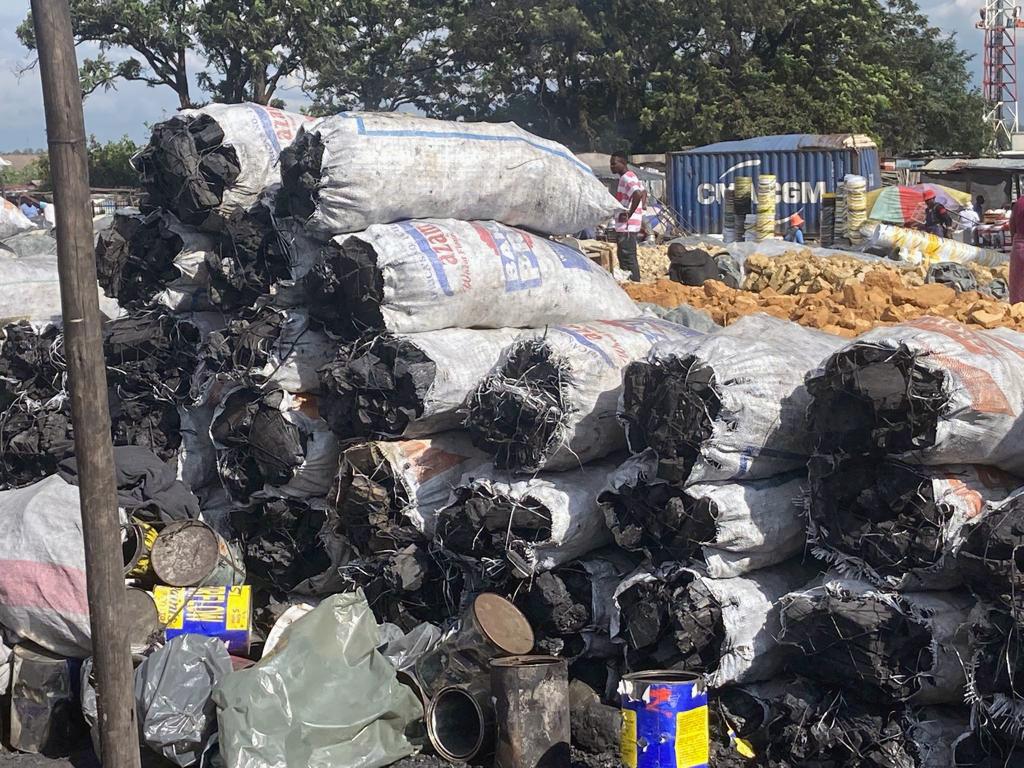
Nyarai Mupesa, who has sold charcoal there for the past five years, said business is good whenever there is no power.
“When there are power cuts, sales are good, people need charcoal for cooking and to keep warm,” she said.
The problem is that charcoal, and the other low-cost option, kerosene, both contribute to deforestation and pollution. Chopping and burning trees for charcoal is illegal in Zimbabwe. But that has not stopped the practice. And most of the charcoal sold at Mbare is imported from Mozambique because, according to Mupesa, it is better quality.
“You pay the required duties and are issued with a receipt that enables you to get to Harare with your charcoal,” she explained.
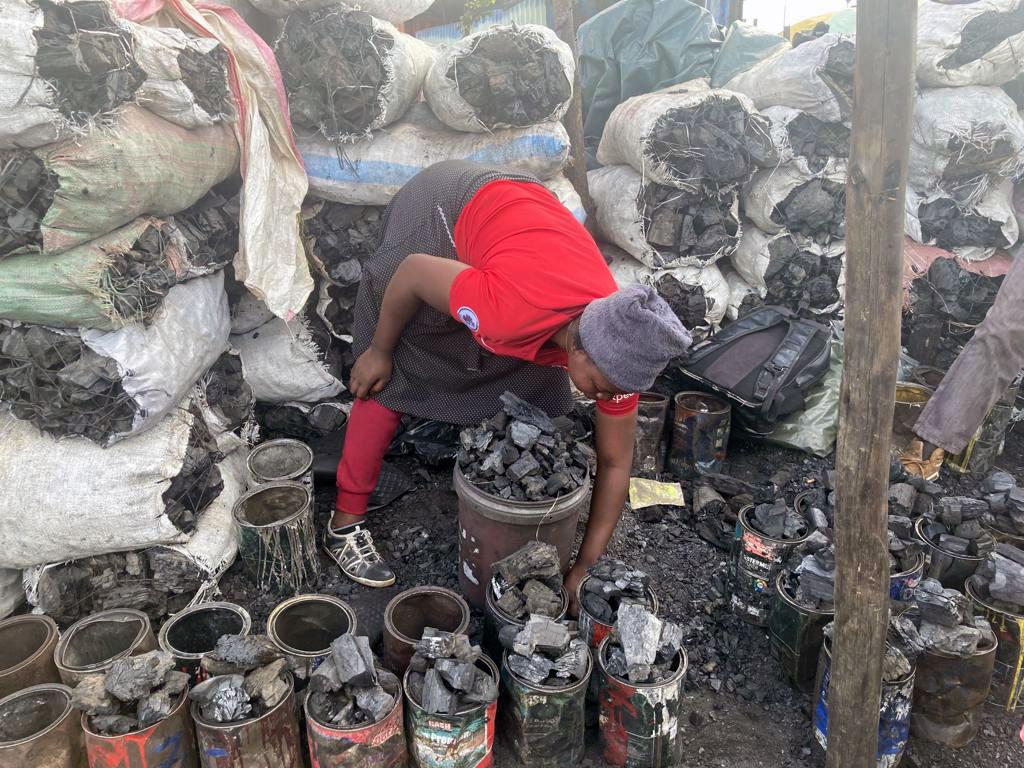
Besides the hydroelectric plant on Lake Kariba, Zimbabwe’s other main power source, the Hwange thermal power station is old and breaks down frequently. New units at the power plant are set to start generating power soon. But even if it and Kariba operate at capacity, they cannot meet Zimbabwe’s power needs.
Energy expert Victor Utedzi runs a solar farm.
He sees renewable energy as a solution to Zimbabwe’s power problems. So does the government. In a bid to attract more local and private investors to set up solar and hydropower plants to sell to the national grid or direct to some consumers, the government recently announced new policies.
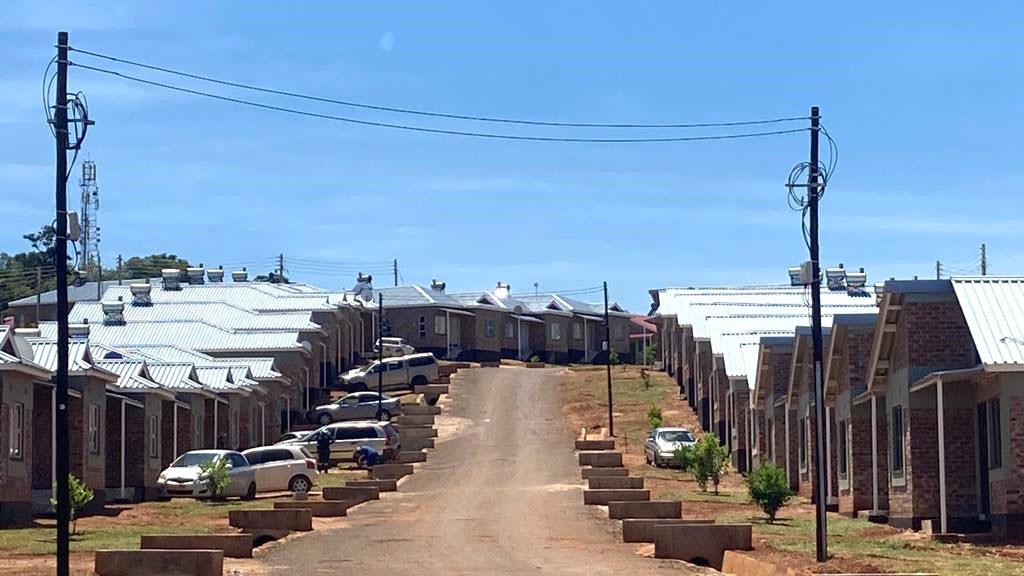
“The government has given a guarantee that if the utility is unable to pay, the government will step in and make the payment. The government has also opened the space even further; they allow you to sell directly to some of the largest industrial and commercial clients in the country,” Utedzi said.
The government also imports power from neighboring countries but that doesn’t always work due to currency shortages.
Building another hydropower station upstream from Kariba is seen as the best hope for solving Zimbabwe’s power woes. But two decades after it was proposed, no action has been taken.
Until it becomes a reality, the rolling blackouts will continue.
